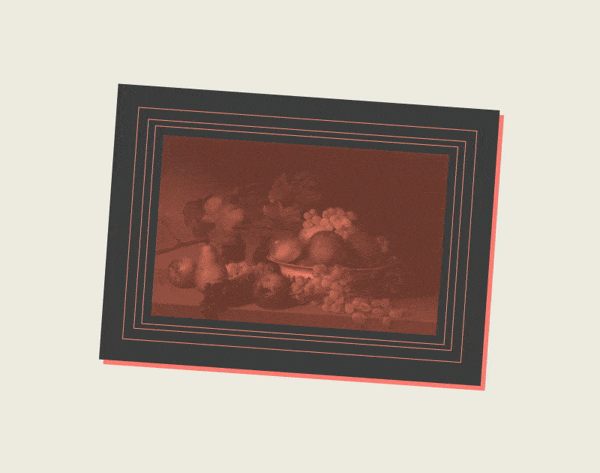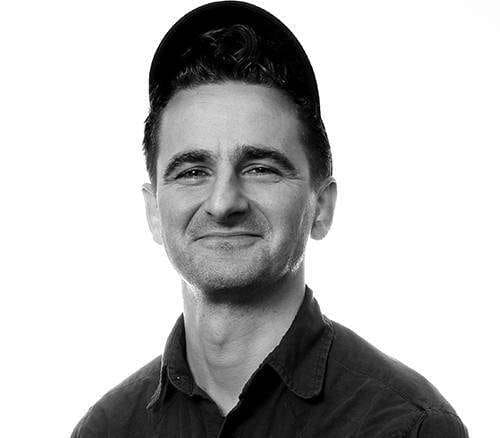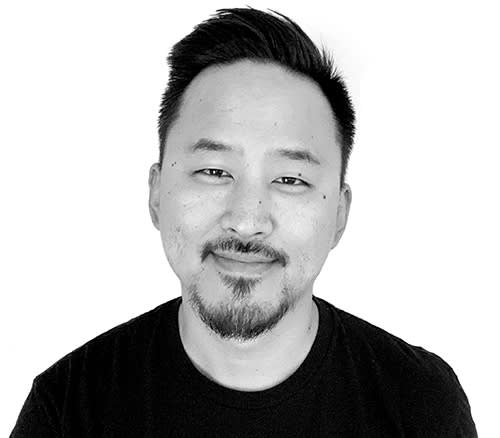
Observation as a discipline is difficult to summarize, and sometimes even harder to express—it is a talent that takes practice. When performed well, design seems to be obvious, to be the natural state of things. However, only when a piece of work speaks to us in a language we understand do we fully engage. Noticing the world around you and allowing those observations to inform your work is the prerequisite to being a designer.
Unlike more obvious talents, like shooting a basketball, the habits that often go hand in hand with becoming a designer—training your eye to notice the small affordances that turn something simply functional into something that speaks to a fellow human—are frustratingly undefinable. A lifetime spent noticing small placements in the world, when colors speak to you a certain way, or when items in a certain arrangement evoke a sense of harmony—these are interior, subrosa experiences. To allow this experience the interior nature of its magic is to allow that it it is sometimes exceedingly difficult to “Show Our Work”.
I hesitate to label it innate, but for some, the talent of observation comes more naturally. I am the father of two little boys—one clearly has the innate design eye, and one does not. This is not a judgement or critique, just a fact. I can observe the younger one watching the shadows play on the walls as the sun sets; the other child is too busy with Lego engineering. The talent of design starts with a patience that comes from pausing and watching the planet turn. Designers are the shepherds of this lifetime of observations that may have been ignored or forgotten by others. Designers, especially the experienced ones, are rigorous in their insistence upon attention to detail, thinking through the meaning of these details, and allowing the process to develop that allows these details to inform the right solutions.
Starting to think like a designer requires three essential steps: slowing down and observing a pattern in the world, recognizing the way that pattern makes you feel, and then attempting to replicate that feeling in another person by deploying that pattern. It’s the same process, be it an album cover, teapot, or digital product. In its most basic form, it is a trick of reflective experience. The best designers are practitioners of communicating the things that they themselves sense when they picture an ideal experience. In a field that relies heavily on empathy, communicating that empathy is the core component.
Observation in itself is only the first step in the process. Design as a tool must be frequently wielded to be used deftly. However, it can be sharpened through the practice of taking the time to observe the world, how it moves, and how it affects people. While the base experience behind these moments is universal, applying the observations gleaned is what a good designer does.


